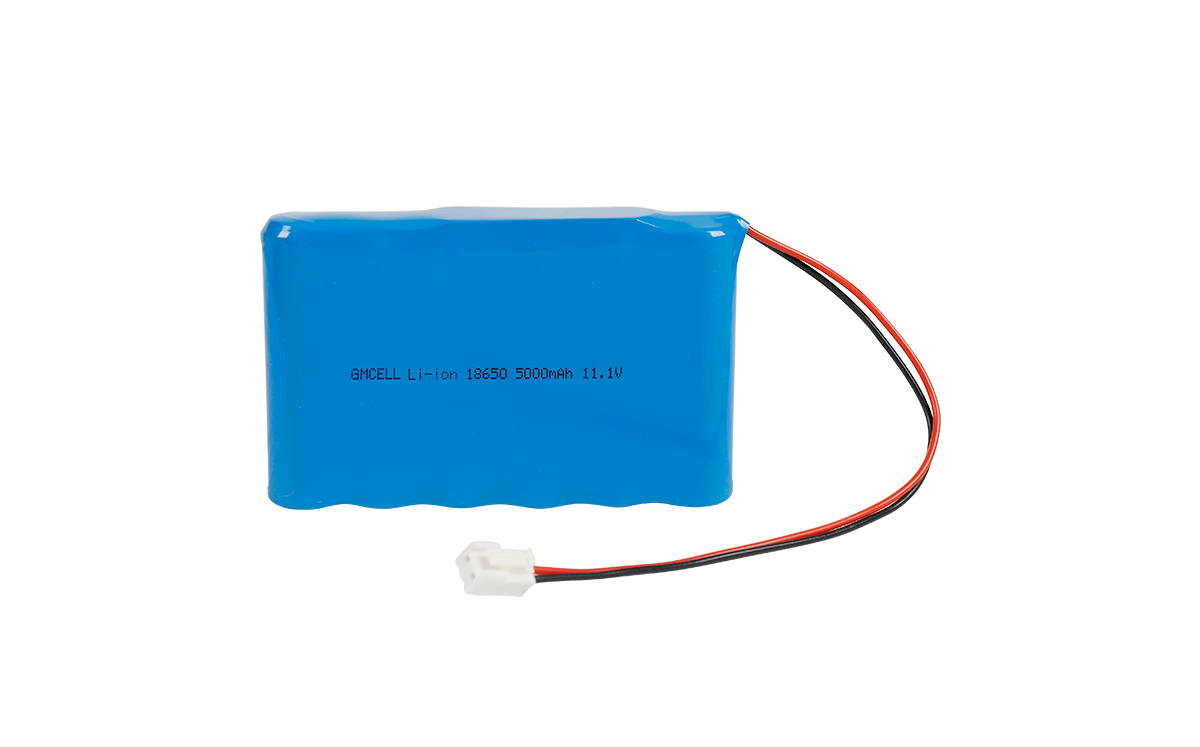Time:2020-12-25 Views:181
There are many types of rechargeable batteries, but they require high energy density, light weight, and large discharge current for use on model airplanes. At present, nickel-cadmium batteries, nickel-hydrogen batteries and lithium-ion batteries are mainly used. The internal resistance of the rechargeable battery is low. Be careful not to short-circuit when using it, otherwise it may cause burns and fire.

The main feature of nickel-cadmium batteries (Ni-Cd) is excellent high-current discharge performance, which meets the short-time and high-power requirements of model aircraft. An important performance index of rechargeable batteries is discharge rate. The so-called discharge rate refers to the ratio of the maximum continuous discharge current of the battery to its capacity C. C represents the number of hours required to complete the discharge of one ampere. Usually add a number before the capacity C. For example, the discharge rate of a Grignard 1800mah battery is 10 C, which means its maximum continuous discharge capacity is 18A. It can be seen that the discharge rate is an important indicator to measure the rapid discharge performance of the battery. Due to differences in production processes and structures, the discharge rates of batteries of different brands are often different. Domestic nickel separator batteries are generally 6C~12C, and imported batteries are usually higher, especially for model airplanes, which can reach about 20C. The first choice of battery is to choose a battery with a high discharge rate.
However, the energy density of the nickel-cell battery is small, and it has a memory effect. The waste battery has a relatively large environmental pollution and will be quickly eliminated. At present, it is only used in the occasion of extremely large current output. Nickel-hydrogen battery (NiMH) is an environmentally friendly rechargeable battery. Its performance and charging method are the same as nickel-cell batteries. The nominal voltage is also 1.25v, but the power density is greater. At present, it has replaced nickel-cell batteries on many occasions. Batteries are not as good as nickel-cell batteries in terms of high current discharge performance, generally around 7C.
Nickel separator batteries and nickel-metal hydride batteries have the same series of models. The commonly used types are SC type, A type, AA type (No. 5), AAA type (No. 7), etc. In addition, there will be some special models of batteries, which are usually extended or shortened models derived from the standard battery model specifications. Battery cells (cells) are sometimes directly labeled with battery size, such as 18650 and 1848, which indicate single cells with a diameter of 18 mm and a length of 65 mm and 8 mm respectively. The motors and receivers in aeromodelling all use power sources. Their voltages are generally above 5V, and the power packs are generally above 9~12V. This requires multiple batteries in series, usually connected by nickel spot welding. For amateur production, you can use copper soldering, but pay attention to the short soldering time to avoid battery damage.
Lithium-ion polymer batteries (Li-Poly) are currently the mainstream of rechargeable batteries. It has been widely used in handheld electronic products such as mobile phones. The monomer voltage of lithium ion polymer is as high as 3.6v, the energy density is large, the weight is light, and there is no memory effect. However, the charging and discharging requirements of lithium-ion batteries are relatively high, and it is difficult to achieve high-current discharge, otherwise it is very easy to damage the battery. The discharge capacity of the lithium-ion polymer battery for model aircraft has reached more than 10C, and the safety of the lithium-ion polymer battery is no longer a problem, but it needs special charge and discharge protection circuit protection. There are many packaging forms of lithium ion polymer batteries, most of which are flat rectangular parallelepiped, and each battery has a dedicated protection circuit, which will automatically protect when the discharge voltage is lower than a certain time or the discharge current is higher than a certain time. Many battery protection circuits It also has a charging protection function. Lithium-ion polymer batteries use aluminum-plastic soft packaging in structure, which is different from the metal shell of lithium-ion batteries (Li-ion) in the early days of liquid batteries. Once a safety hazard occurs, liquid batteries are prone to explode, while polymer batteries are the most Only inflated.